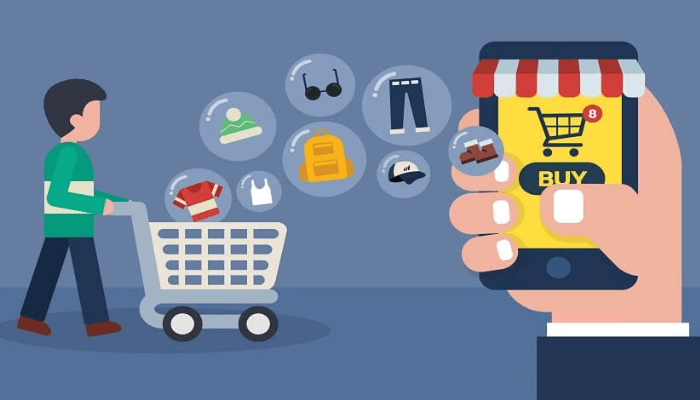Customer Experience Development
For the most part in the tech business world, customer experience (CX) has been viewed as a necessary evil, a cost center best identified by its popular name as a “support desk”, a “nice-to-have”. In the product-led development model, this reactive approach is a flawed approach. It treats the CX as a lifeboat instead of a sonar system to navigate safely after the ship hits an iceberg. This change in perspective is what separates thriving companies from those that are “leaky ships.”
Thriving companies have learned that strategic CX isn't just about fixing problems. It's about anticipating customer needs, aligning with business goals, and turning every interaction into a value creation opportunity. The real change is to recognize CX as a revenue lever, not a reactive function.
This article explains how to transform your CX team from being viewed as a cost center to a growth driver that reduces renewal risk, uncovers expansion opportunities, and protects long-term customer value.
de-risking renewal
Reactive CX models often create last-minute scrambling to resolve long-pending issues. However, a strategic CX approach starts from day one of the customer lifecycle.
Value-Driven Onboarding
The first 90 days are important. It is not enough to show customers how to use a product; A strategic CX team focuses on constantly helping clients see why it matters to their business goals. This requires a deep understanding of the customer's goals, pain points, and success metrics. By tailoring the value of your product to their specific objectives, you make your solution indispensable.
take away: Don't stop at product tours; Facilitate the journey to value. Use clear success metrics and regular check-ins to measure progress against your goals. You need to have a vision of where your customer will be in 90 days to 6 months.
Expansion/upsell opportunities emerge
A well-designed CX workflow is a goldmine of data and insights. Strategic CX teams are trained to read between the lines.
Usage Pattern: Is a customer consistently exceeding usage limits? This is a clear indication for high level planning. Flag accounts that consistently reach usage limits and automate alerts to proactively reach them.
Feature Request: Tag feature requests by account type (e.g., “enterprise”, “mid-market”) to reveal patterns that can inform upsell conversations. Is a key account repeatedly asking for an important feature? This indicates that there is a gap in the value of your product and a potential upsell opportunity.
Cross-Functional Handoff: When the CX detects an upsell or expansion opportunity, he or she should not sit idly by. A collaborative process must exist where CX, sales and product each play a defined role. CX brings insights and key customer context, such as interaction patterns, usage and product feedback. Sales bring opportunities for business specialization and structure expansion. The product uses these signals to prioritize features, shape the roadmap, and build scale.
take away: Train your CX team to become scouts. There should be a clear connection between their day-to-day activities and your business's revenue goals.
Protecting Long-Term Customer Value
Retention is not a single phenomenon. It is the cumulative result of every customer interaction with your company. Strategic CX protects long-term value by building deep relationships and building a “moat” around the customer.
power of active participation
Waiting for a customer to flag is a losing strategy. Proactive involvement means reaching out before problems arise.
Health Score: Develop a data-driven customer health score that includes usage data, support interactions, and sentiment analysis. When a customer's health score drops, it should trigger an internal alert for the CX team to proactively intervene. This allows you to address potential churn risks before they become serious.
customer advocacy: When a customer is successfully using your product to achieve their goals, turn them into an advocate. Power users should be champions and actively involved in case studies, beta feature tests, and community initiatives.
take away: Think of retention as compound interest. Invest in their success through ongoing, active engagement. The goal is to have your product integrated so deeply into their business that it is unthinkable to break it.
New CX Mandate
The days of CX as a passive, reactive function are over. In the modern product-based landscape, the customer experience team is a strategic partner in revenue growth. By connecting CX strategy to business outcomes, companies can not only reduce renewal risk and increase retention, but also unlock a powerful, sustainable engine for revenue growth. The real question isn't “What does CX cost?” But “What is the cost of not having a strategic CX function?”
About the author:
Daniela Debbes is a CX expert and product expert at Clay, a unicorn startup, and an emerging voice in CX and product strategy. With a career journey spanning law, sales, GTM, product operations and customer experience, she brings a rare blend of perspectives to drive product-led growth. Based on insights from conversations with over 5,000 customers, she helps companies transform customer signals into practical steps for product and engineering teams to adopt, retain, and innovate.











